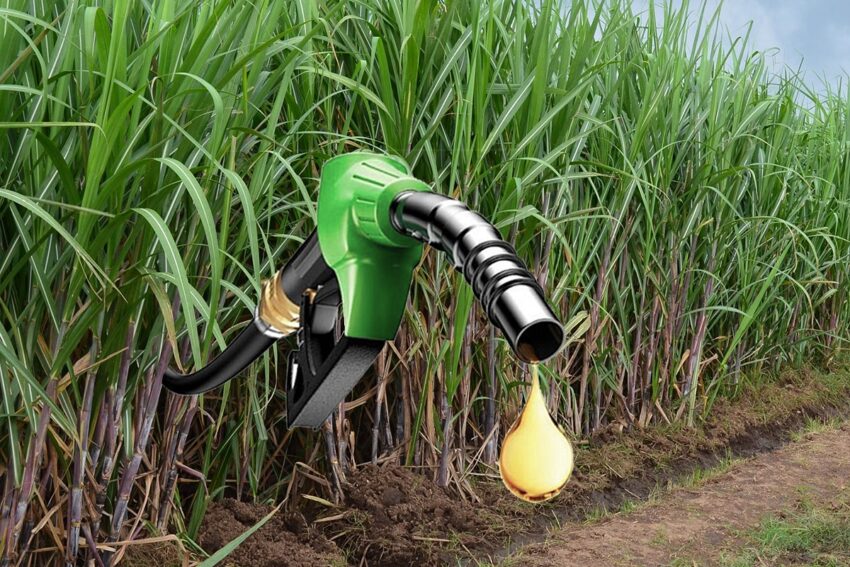Introduction to Brazil Flexfuel Cars Market
Brazil has a long history of utilizing sugarcane-derived ethanol as a transportation fuel. Ethanol has been blended with gasoline for use in vehicles in the country since the 1930s when efforts began to reduce dependency on imported oil. By the late 1970s, the gasoline sold in Brazil was blended with about 10-20% anhydrous ethanol. In the 1990s, Brazil began developing flexfuel vehicle technology that would allow vehicles to run on any blend of gasoline and ethanol up to 100% hydrous ethanol (E100).
What is a Brazil Flexfuel Cars Market?
A flexfuel vehicle, also known as a flex fuel vehicle, is an internal combustion engine automobile or truck that runs on more than one fuel, usually gasoline blended with either ethanol or methanol fuel. Flexfuel Cars manufactured for the Brazilian market are optimized to run on any proportion of gasoline and ethanol (E100), from pure gasoline up to 100% hydrous ethanol. The fuel to be used is detected by the vehicle’s electronic control unit, which adjusts injection timing and air-fuel ratio to suit the blend detected. No input is required from the driver to select a particular blend.
Growth of Flexfuel Vehicles in Brazil
The first flexfuel vehicles began appearing in Brazil in the early 2000s. Initially vehicle manufacturers like Fiat, Ford, and Volkswagen offered some models that could run on any gasoline-ethanol blend. By 2005 over 50% of new light vehicles sold in Brazil were flexible-fuel. This was supported by government policies like research funding and mandates requiring auto manufacturers to sell a minimum percentage of flexible-fuel vehicles. Today, over 90% of new light vehicles and most commercial trucks and buses sold in Brazil are engineered to run on any ethanol blend. The country now has the largest flexfuel vehicle fleet in the world with over 20 million flexfuel cars and trucks on the roads.
Economic and Environmental Impact
The widespread adoption of flexfuel vehicle technology and ethanol fuel blends in Brazil has brought significant economic and environmental benefits. It has reduced dependence on imported oil, saving billions of dollars on fuel imports annually and boostingBrazil’s economy. Flexible-fuel vehicles allow consumers freedom of choice between gasoline and ethanol blends depending on market fuel prices. When global oil prices rise, more Brazilian drivers switch to using higher ethanol blends which stays competitive. This price flexibility and competition between fuels keeps overall transportation fuel prices lower than if depending solely on oil-derived gasoline.
The use of sugarcane ethanol has also greatly reduced greenhouse gas emissions from transportation compared to if solely using petroleum fuels. Studies indicate sugarcane ethanol blended with gasoline and used in modern flexfuel vehicles can lower lifecycle CO2 emissions by up to 90% compared to pure gasoline. This renewable fuel source supportsBrazil’s strong export economy based around sugarcane and its efforts to become a leader in more sustainable biofuels and vehicles.
Influence on Global Auto Industry
Brazil’s success with developing and mass producing affordable flexfuel vehicles optimized for ethanol blends has influenced many major automakers worldwide. Manufacturers like Ford, GM, and Volkswagen are now developing new flexible-fuel models for export and sale in other markets like the United States and Europe where ethanol fuel blends are growing in usage. Several large original equipment manufacturers are exploring options to produce more global flexfuel vehicles in the future to give consumers renewable fuel choices and help countries diversify their transportation fuel supplies. Brazil’s decades of leadership in biofuel vehicle technology development are paying off in helping drive a global transition towards more sustainable transportation options.
Challenges for Further Growth
While Brazil leads the world in flexfuel vehicle adoption, some technical and infrastructure challenges remain that could hamper growth. Ethanhydrous ethanol (E100) is somewhat less energy dense than gasoline, so flexfuel vehicles optimized for Brazil’s climate controlled tests show 5-15% lower fuel efficiency on pure hydrous ethanol than gasoline. Harsher winter climates require additional improvements to ensure cold starting.Brazil Flexfuel Cars
In Summary, greater availability of E100 fueling stations is also needed, though most gasoline stations now offer multiple ethanol blend options country-wide. Continued technology advances, wider use of higher ethanol blends worldwide, and supportive public policies will help Brazil maintain its leadership driving a cleaner transportation future globally through innovative flexfuel vehicle technologies.
*Note:
1. Source: Coherent Market Insights, Public sources, Desk research
2. We have leveraged AI tools to mine information and compile it

